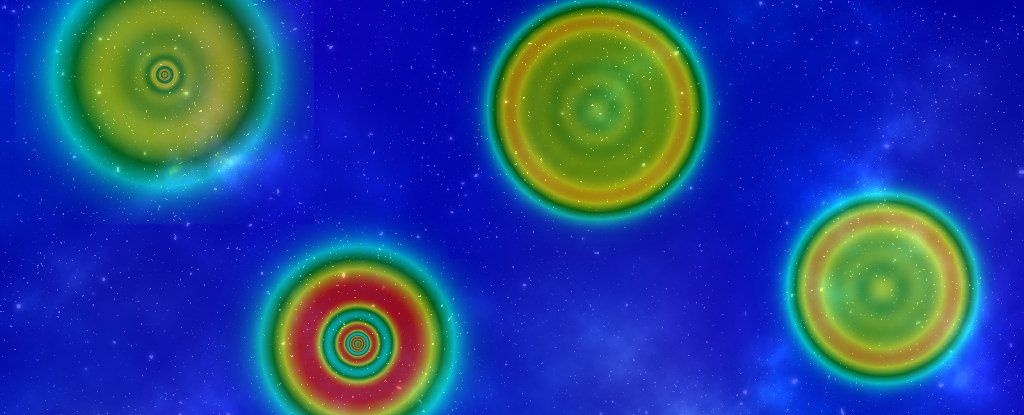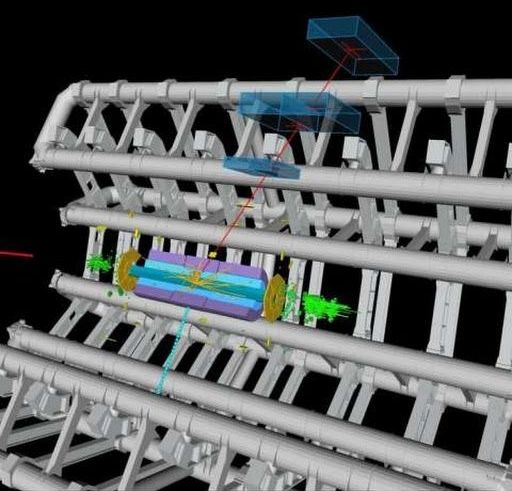Feb 22, 2018
We Just Measured The World’s Heaviest Atom, And It’s Even Weirder Than Expected
Posted by Shailesh Prasad in categories: computing, particle physics
Oganesson (Og) is the heaviest chemical element in the periodic table, but its properties have proved difficult to measure since it was first synthesised in 2002.
Now an advanced computer simulation has filled in some of the gaps, and it turns out the element is even weirder than many expected.
At the atomic level, oganesson behaves remarkably differently to lighter elements in several key ways – and that could provide some fundamental insights into the basics of how these superheavy elements work.
Continue reading “We Just Measured The World’s Heaviest Atom, And It’s Even Weirder Than Expected” »

















